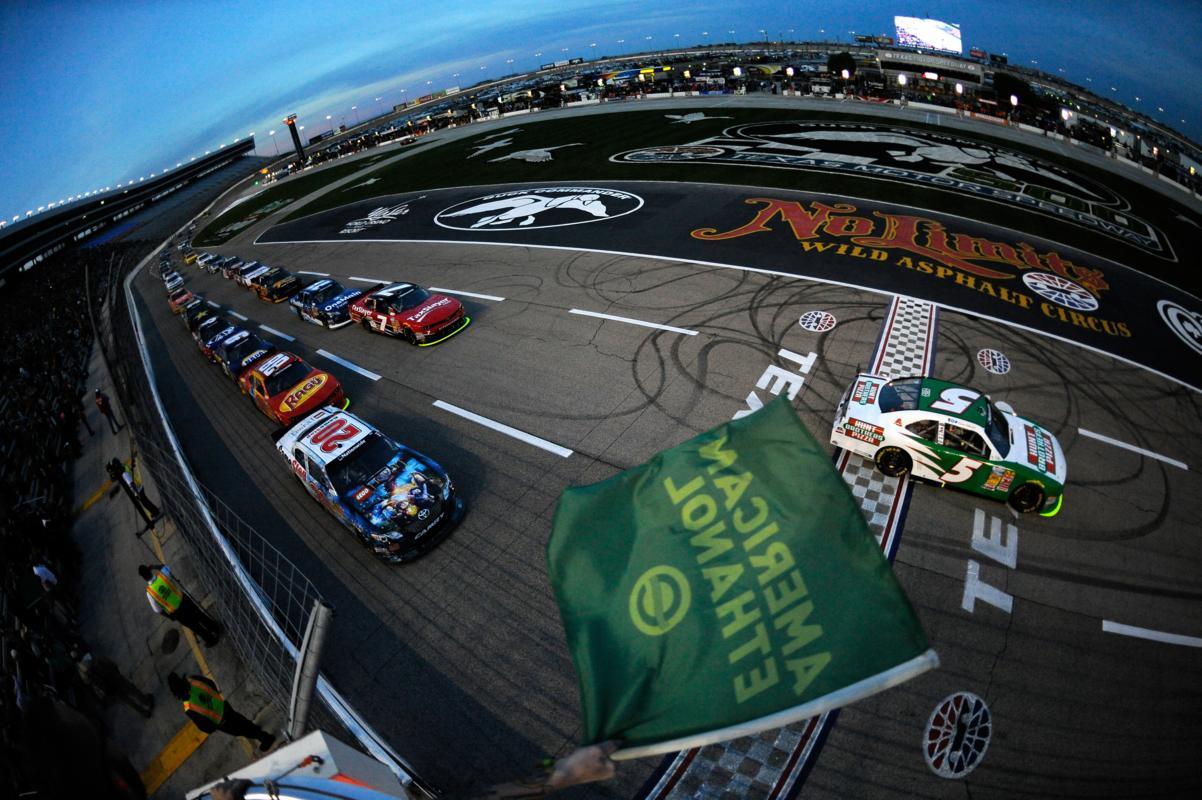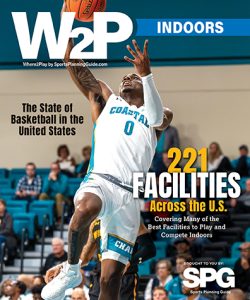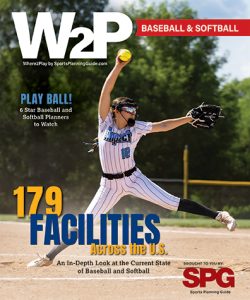Lacrosse has been around since before the 16th century when European settlers found Native Americans playing it, but in the United States it has just begun to grow in popularity in recent years. This extremely fast-growing sport deserves a deep dive into the history and evolution to define what lacrosse is, as it has the potential to be a great investment for athletic facility owners and tournament planners.
History
When the Europeans first made contact with Native Americans in the late 1490’s/early 1500’s, lacrosse was one of the first native stickball games that they saw being played. The oldest surviving stick in U.S. possession dates from the early 19th century, and it wasn’t until later that historians got their hands on some ancient rules of the “Cherokee Ball-Play.”
While Native Americans also played other stickball games such as field hockey and shinny, lacrosse stood out because of its use of its netted “scoop” part of the stick.

Observed as an almost exclusively male sport, lacrosse was played mostly in the eastern half of North America, and three variations of the sport seemed to form due to differences in stick handling and equipment used: Great Lakes, Southeastern (which involved two sticks per player) and Iroquoian.
Non-natives started taking up the game around the mid 19th century when a few Canadians in Montreal took interest and started an amateur club league, and eventually traveled to Europe to play exhibition games. Due to the cost of traveling overseas, it wasn’t until the 1980’s when the Iroquois Nationals were formed and Native Americans were able to compete professionally in their own game abroad.
Lacrosse serves more than recreational purposes for Native Americans. Rooted deeply in tradition, the game is also a spiritual experience that involves ceremony and whose end result is believed to be determined by supernatural forces. Banned for being involved with an increase in violence and betting around 1900, the game came back and is still played by the Iroquois and Southeastern tribes in their traditional forms.
Lacrosse Today
Today, lacrosse is one of the world’s fastest growing sports with more than three-quarters of million players in the United States in 2018. In the US, there are a total of 397 men’s lacrosse teams in the NCAA across all three divisions, 33 in the NAIA and 28 junior college teams.
While the history of the sport may have started out as being exclusively male, the growth rate for female lacrosse teams in colleges surpasses that of male teams. There are currently 550 four-year institutions that offer women’s lacrosse and 18 junior colleges with women’s teams.
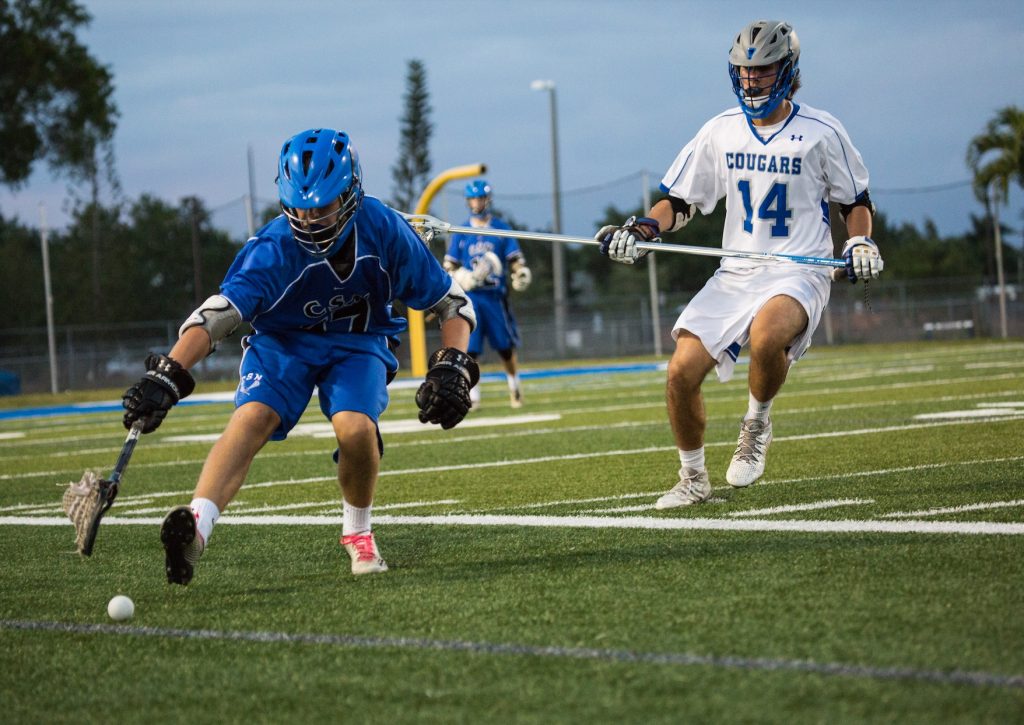
Besides being the fastest-growing NCAA sport, lacrosse is also the nation’s fastest-growing high school sport, now being an officially sanctioned state championship sport in 22 states. From 2010-2019 there was a 25% increase in the number of boy participants and a 45% increase in the number of girl participants.
The objective of the game is similar to that of another fast-growing sport, soccer, to which players work to get the ball into the goal. There is also one other important similarity that high schools have been taking advantage of. The regulation field size for lacrosse is 110 yards long by 60 yards wide, and the regulation size for a soccer field is 100 yards by 60 yards.
Since lacrosse only requires an additional 10 yards, the majority of high schools with soccer fields are able to use them for both sports. In high school, football fields are typically used for all three sports since their dimensions are 120 yards long by 53 and 1/3 yards wide, and it wouldn’t be cost-effective to create new fields.
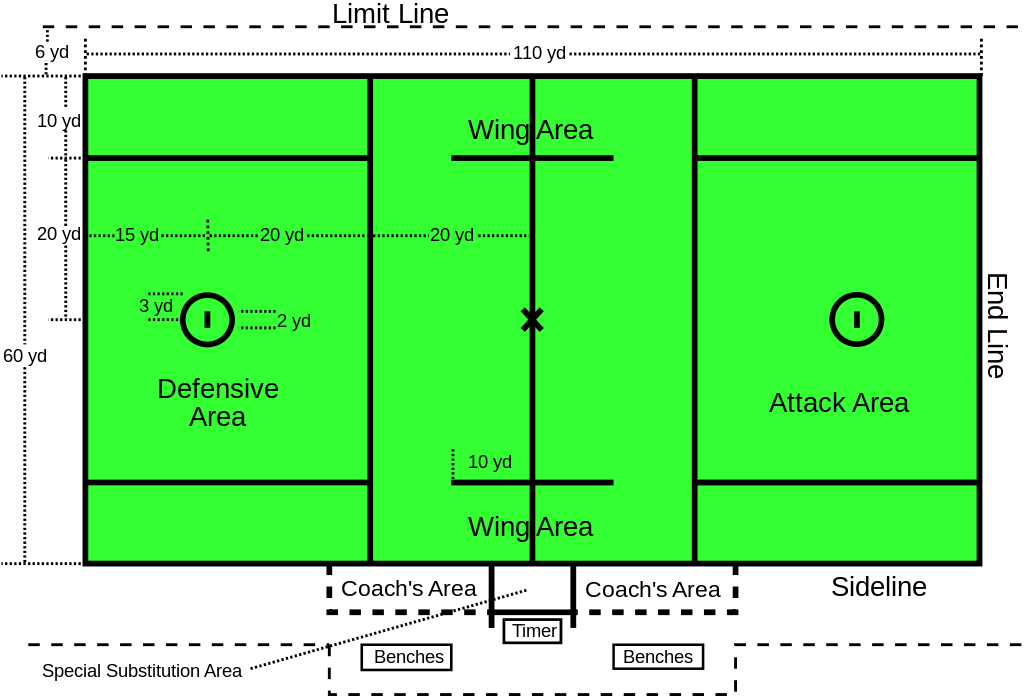
As the number of NCAA teams continues to rise, so does the number of colleges making their soccer complexes into facilities that can also host lacrosse games. Vanderbilt University and Georgetown University both undertook renovations in the early 2000s to make their soccer fields into multi-sport fields that could also host lacrosse games. Michigan Stadium, home to the Wolverines football team at the University of Michigan, hosted its first men’s lacrosse game in March 2012 and first women’s lacrosse game in March of 2014.
Many community recreation facilities are also utilizing this concept. Mitchel Athletic Complex in Uniondale, New York was built even before the new millennium as a multi-sports stadium that is meant to house soccer, lacrosse and football games, with a nine-lane track encircling it that can also host track and field events. In a Newsday article, Duke University lacrosse coach John Danowski told reporters that Mitchel’s lacrosse field is the “best public venue around.”
For facility owners, lacrosse is an extremely inexpensive sport to host. With much smaller dimensions, lacrosse goals are different from soccer goals and are actually much cheaper. Regulation lacrosse goals can cost anywhere from $300-$600, while most regulation soccer goals cost from $600 to often over $1,000.
The main additional cost to hosting lacrosse as well as soccer on a multi-sport field is the wear and tear of increased usage. Many facility owners and operators have found that offering their fields to youth leagues along with high school and/or college leagues decreases the wear and tear since younger players tend to play less aggressively. Therefore, spreading out the usage among a variety of levels of play decreases the chance that hosting lacrosse along with soccer will increase maintenance costs.
Lacrosse is the country’s hottest sport right now, and the trend in increasing numbers of high school and NCAA teams doesn’t look like it will be changing anytime soon. Now is the ideal time for sports complexes that currently house soccer and/or football fields to consider expanding or painting new lines on existing space so it can be used for lacrosse games.
Lacrosse Equipment
To play the sport, lacrosse players requires a stick, ball and protective gear. The hollow metal stick varies in size among offensive players, defensive players, goalies, and between men and women. The length is 40 to 42 inches for offense, up to 72 inches for defense, including goalies, and for women the length is 35.5 to 43.25 inches or up to 48 inches for goalies.
The head of the stick consists of a netted scoop, sidewall and pocket used for picking the ball up off the ground, catching it in the air and passing.
The ball weighs around 5 ounces, has about an 8 inch circumference and is made entirely of rubber.
Players’ protective equipment includes gloves, elbow and shoulder pads, a helmet and mouthguard for men. For women however, just goggles and mouthguards are worn because of less contact in the game. Goalies require a helmet, gloves, chest protector and shoulder pads. Some additional protective equipment is often worn by men.



